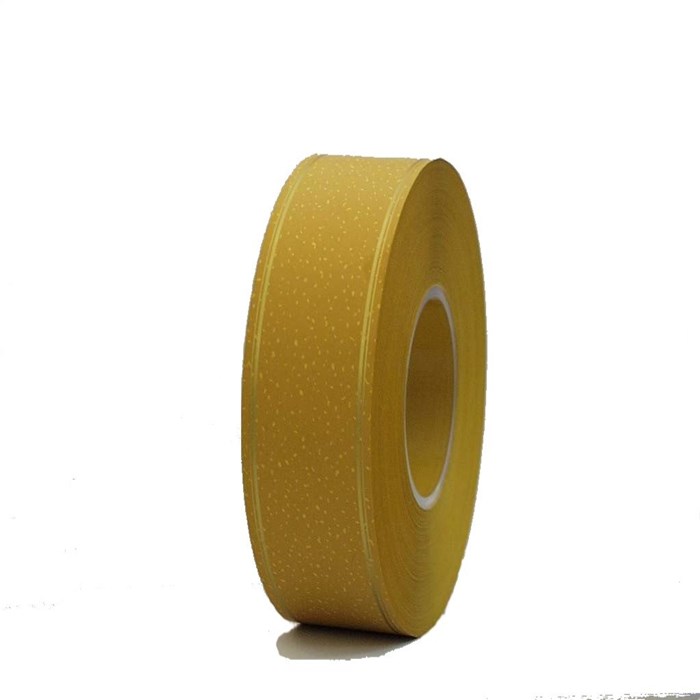The European kraft paper and paper bag industry has made further efforts to improve its carbon footprint. The latest carbon footprint analysis of European paper bags conducted by the Swedish Institute (rise) on behalf of the European paper bag research group (ESG) shows that the carbon intensity of a single European paper bag has decreased by 8% in just three years from 2015 to 2018.
After analysis, the improvement of paper bag carbon footprint is partly due to the improvement of paper bag material and the lightweight effect of the reduction of the share of other materials (such as plastic film) in paper bag. The carbon impact per ton of bag kraft paper has decreased from 458kg CO2e in 2015 to 455kg CO2e in 2018. Carbon emissions from kraft paper production account for 66% of the total carbon footprint of each paper bag.
From the longer-term data, the carbon impact of this industry in Europe has been on a downward trend since its inception, even surpassing the target set by the EU climate action plan to reduce greenhouse gas emissions by 20% between 1990 and 2020. In just 11 years (from 2007 to 2018), the fossil carbon impact per ton of paper bag kraft paper decreased by 20% (from 570 kgco2e to 455 kgco2e).
In the next few years, the European kraft paper and bag industry’s efforts to continuously improve its environmental impact will be equally important. Paper bag is a low-carbon, recyclable and bio based packaging solution, and its carbon footprint will continue to improve in the future.
At present, a key factor affecting the paper bag industry is climate friendly production. Nowadays, the production of paper bag kraft paper has achieved self-sufficiency in energy to a large extent, and 77% of all energy demand (heat and electricity) can be produced on site. In addition, highly renewable energy is used in the production process. 89% of the fuel is renewable and used to generate heat, steam and electricity. 81% of the fuel is produced as a by-product of pulp and paper processes.
Post time: Mar-09-2021

